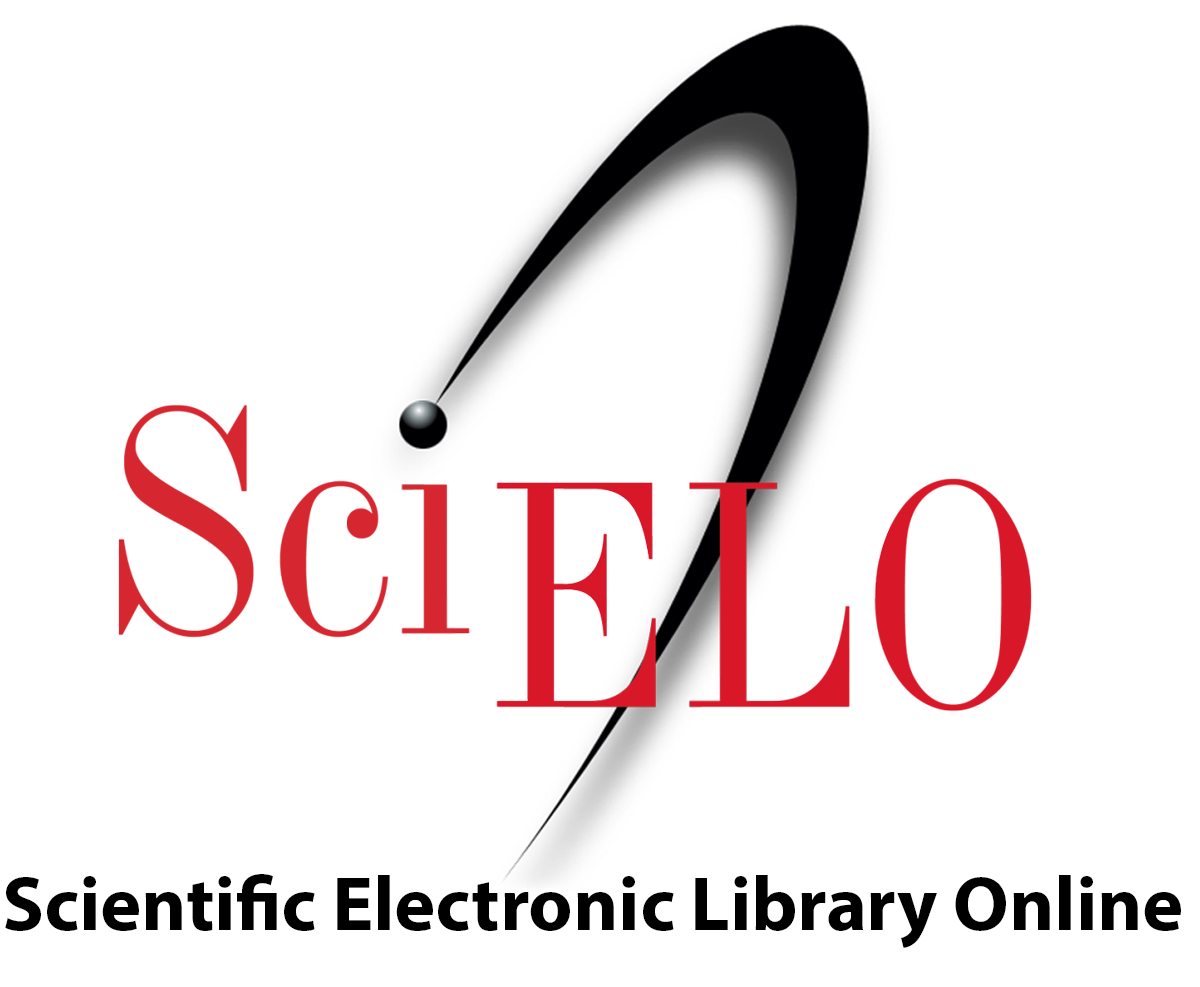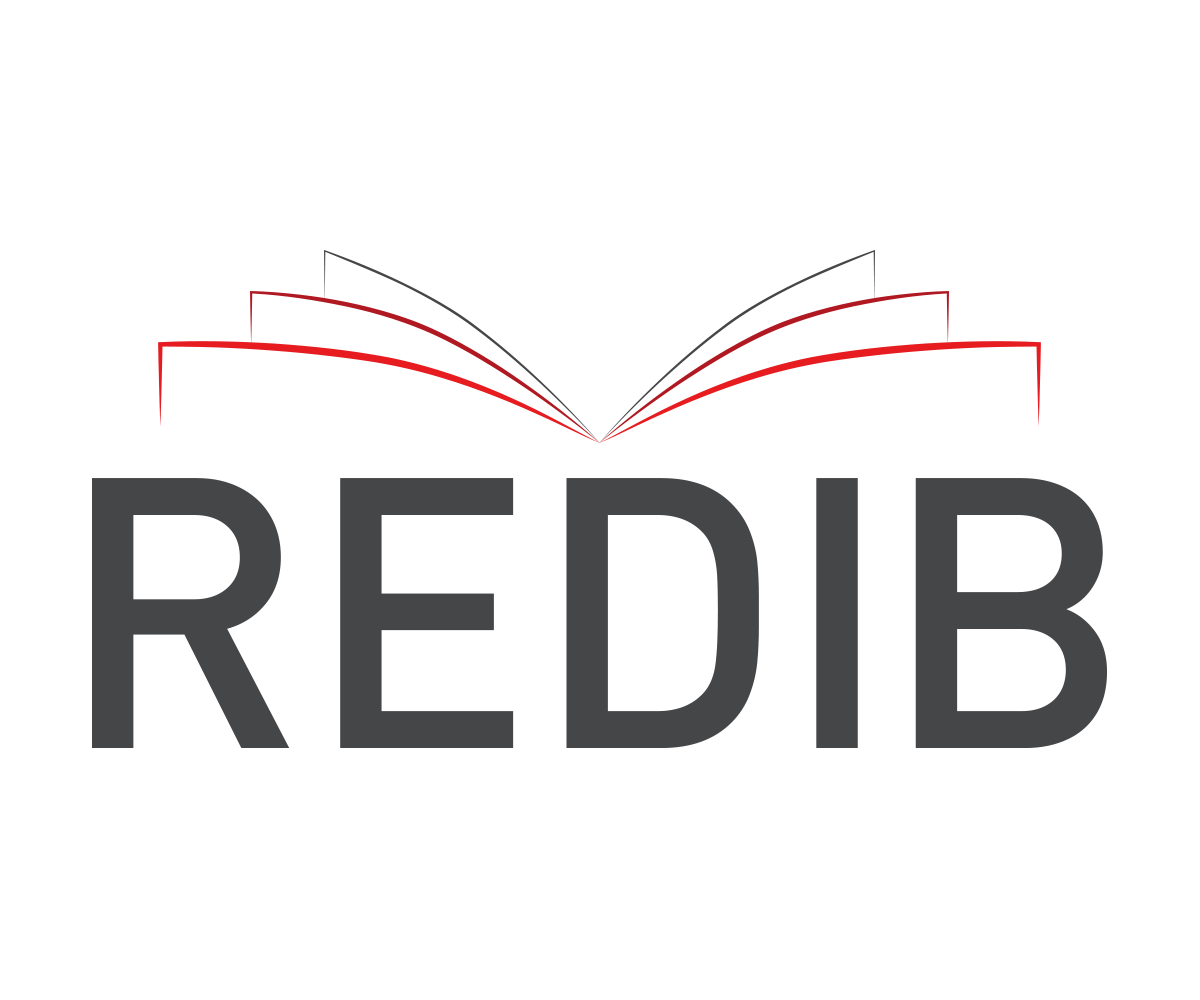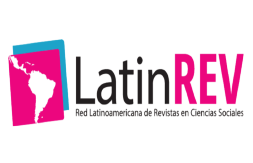Application and Evolution of Accounting Harmonization
DOI:
https://doi.org/10.36791/tcg.v0i9.36Keywords:
Accounting Harmonization, Accountability and transparencyAbstract
The implementation of the Accounting Harmonization will provide useful information for better decision making, encourage investment through trust, improvement of public administration, citizen satisfaction, control mechanisms, combat and abatement of corruption. The objectives of the accounting harmonization are: • Facilitate decision making. • Homogeneity of financial information. • Establishment of standards for the efficient management of public expenditure. • Record of operations in an automatic, harmonic, specific way of accounting operations. In 1986, the Public Sector Committee (PSC), now known as the International Public Accounting Standards Board (IPSASB), was created. In 1997, the IPSASB developed a program elaborating 21 NICPS addressed to public entities which must follow the accrual basis based on IAS; In 2002, the approval process of the 21 IPSAS and a glossary of terms was finalized. (Buch Gómez & Cabaleiro Casal, 2006: 3) In 2008, the General Law on Government Accounting was published, this Law proposes the creation of a system of accounting and financial information of the homogeneous public sector in the three levels of government. The objective of this Law is to establish a common regulatory framework that is applicable at each level of government. On May 7, 2008 a Decree was published in the Official Gazette of the Federation that reformed several articles of the Constitution, with three main objectives: 1. Increase the quality of Public Expenditure, 2. Prevent multi-year expenditures for infrastructure investment projects, 3. Achieve the strengthening and accountability. In 2009, the National Accounting Harmonization Council (CONAC) was created. Its purpose is to follow up on the criteria which will govern government accounting, this will allow us to measure the efficiency, economy and efficiency of public expenditure and revenue. The control of public resources is regulated by the Political Constitution of the United Mexican States, the Organic Law of the Federal Legislative Power and the Federal Higher Examination Law. In order to carry out the inspection process, these inspection bodies must apply auditing standards and procedures, they must carry out a work program, as well as the application of different types of audits.Downloads
References
Ackerman, J. (2008). Más allá del acceso a la información: transaparencia, rendición de cuentas y estado de derecho. México: México: Siglo XXI.
Brusca Aljarde, M. I., & Montesinos Julve, V. (2006). La armonización de la Contabilidad Pública en el contexto internacional. XI Jornada de Contabilidad Pública (ASEPUC), 8-15.
Buch Gómez, E., & Cabaleiro Casal, R. (2006). La Información externa de las administraciones locales Españolas ante los pronunciamientos del IPSASB. Jornada de Contabilidad Publica, 3-6. Federación, L. d. (2016 utima reforma). Ley de
Fiscalización y Rendición de Cuentas de la Federación. Mexico: Diario Oficial de la Federación.
García, S. A. (2012). “Are government internet portals evolving towards more interaction, participation, and collaboration? Revisiting the rhetoric of egovernment among municipalities. Government Information Quarterly, Estados Unidos.
Hermosa, P. Y. (2016). Normas contables internacionales y su aplicación a las pymes españolas. Economistas, 146-151.
Hinojosa, A. V. (2013). Aspectos fundamentales en la implementación del Sistema de Contabilidad Gubernamental y su armonización en las entidades federativas. Academia de Ciencias Administrativas, A. C., 1-22.
Lam Wong, A. (2007). Convergencia y armonización de la normatividad contable: hacia la contabilidad internacional. Contabilidad y Negocios, 7-15.
Lara Martínez, M. A., & Toledo Coutiño, I. R. (2012). La rendición de cuentas por el Gobierno Electronico. Caso entidades federativas de México. Cuadernos de Contabilidad , 463-478.
López Santino, H. (1998). Un modelo contable Globalizado. Interamérica, Número 2, 20-29.
Maroney, G. R. (2011). ¿Por qué y para qué de la Armonización Contable? Federalismo Hacendario, 38-45. Mexicanos, C. P. (2016 ultima reforma ). Constitución Politica de los Estados Unidos
Mexicanos. México: Diario Oficial de la Federación.
Nimbe, G. C. (2012). Gobierno electrónico como herramienta de transparencia en. Encrucijada Revista Electrónica del Centro de Estudios en Administración Pública de la Facultad de Ciencias Políticas y Sociales, Universidad Nacional Autónoma de México.
Percy, V. (2008). Actualidad Contable, La Armonización de normas contables en los países de América. Universidad Nacional Mayor de San Marcos, 5-10.
Romero, I. R. (2010). Armonización Contable y Cuenta Pública. México: Universidad Nacional Auotonoma de México.
Rosa, M. A. (2012). Innovacion al Sistema de Contabilidad Gubernamental Implicaciones al Proceso Presupuestario Municipal. México: Instituto Politecnico Nacional.
Saez, C. J. (s.f.). Arminización Contable Mundial: Principales Organismos. Acciones e Investigaciones Sociales, 212-221.
Sanz, C. J. (2003). Armonización contable internacional de carácter prefesional: el IASB. Acción e Investigación Social, 97-107.
Sour, L. (2011). El Sistema de Contabilidad Gubernamental que mejorará la transparencia y la rendición de cuentas en México. Transparencia y Privacidad. Revista Mexicana de Acceso a la Información y Protección de Datos., 34-57.
Sour, L. (2017). Avance en la cantidad de la información financiera del sector público en México a raíz de la LGCG. Contaduría y Adminsitración, 419-441.
Tello, P. M. (2015). LA NORMATIVA CONTABLE EN MEXICO Y SU DESARROLLO HACIA LA CONVERGENCIA CON LAS NORMAS INTERNACIONALES DE INFORMACION FINANCIERA. Universidad Juárez del Estado de Durango.
Downloads
Published
How to Cite
Issue
Section
License
Copyright (c) 2019 Delia Margarita Montijo Esparza

This work is licensed under a Creative Commons Attribution-NonCommercial-NoDerivatives 4.0 International License.
La Revista Trascender, Contabilidad y Gestión se compromete a asegurar la confidencialidad y privacidad dela información personal que se capture en éste sistema de conformidad con los lienamientos editoriales de la Universidad de Sonora
La información será utilizada únicamente para fines editoriales, académicos y de investigación, notificándose de forma directa al usuario registrado en el sistema, con el alcance que el usuario establezca al momento de su registro.

























